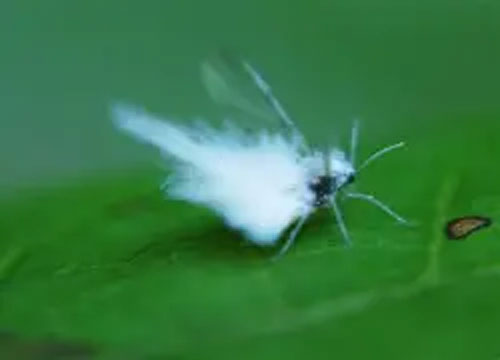White fuzzy bugs covering cars and decks in Middle Tennessee are more than a nuisance

NASHVILLE, Tenn. (WKRN) — If you’ve noticed tiny white specks floating through the air, or sticking to your car, clothes, or porch — you’re not alone. It is probably what experts are calling Hackberry Woolly Aphids.
Also known as just woolly aphids, they are an invasive species feeding on the sap of hackberry trees across Middle Tennessee.
Cat Rose Smith, who recently moved to East Nashville, said she was surprised to find her freshly washed car coated in what looked like sap after returning from a weekend trip.
“This is my first year in Nashville, so I’m getting taken by surprise,” Smith said. “It feels like every season has a new bug. These would have to be the most annoying ones so far.”
Although they may look like floating dandelion seeds, woolly aphids are small flying insects covered in white wax that gives them a fuzzy appearance. And once they land on a surface, they leave behind sticky residue.
Jason Oliver, a research professor at Tennessee State University, said the aphids may not seem harmful, but they are invasive and can damage trees over time due to stress.
“The adults feed on the sap in the leaves,” Oliver explained. “If you hit a branch with a stick, you’ll see a cloud of them fly off — that’s what they feed on.”
Oliver said the bugs are thriving this fall due to the region’s extended growing season and warmer weather, which allows them to reproduce longer.
While most infestations fade as temperatures drop, Oliver said the bugs can still pose a problem for the nursery industry, since they land on plants and could create issues for shipping out of state.
For homeowners seeing heavy infestations, he said there are effective treatments, but they can be pricey.
“There are systemic insecticides that work well on aphids because they feed on sap,” Oliver said. “The insecticide moves through the plant’s tissues, and the insects are poisoned that way.”
Experts said while the bugs are mostly a fall annoyance, they are a reminder of how Tennessee’s changing weather patterns can help invasive species stick around longer than usual.
To learn more about them, follow this link.

